Introduction
Shrimp, a beloved seafood delicacy enjoyed worldwide, offers a delicate flavor and a tender texture that makes it an ideal ingredient for various culinary creations. From sumptuous shrimp cocktails to succulent shrimp stir-fries, this aquatic gem enhances the taste of numerous dishes. However, maintaining the freshness of shrimp meat after purchase can be challenging, especially if you’re not planning to cook it immediately. Improper storage can lead to spoilage, compromising both the taste and safety of the shrimp. In this comprehensive guide, we’ll explore various methods for preserving fresh shrimp meat, ensuring that it retains its quality and flavor until you’re ready to prepare your next seafood feast.
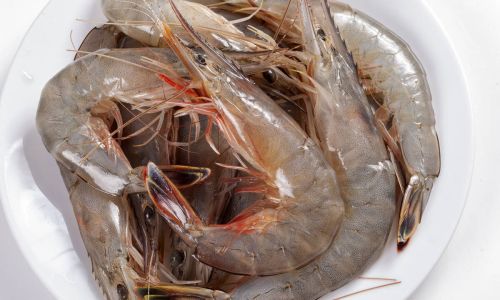
Understanding Freshness
Before diving into preservation techniques, it’s crucial to understand what constitutes fresh shrimp. Fresh shrimp should have a firm texture, a slightly translucent appearance, and a mild, slightly sweet aroma. Avoid shrimp that appears dull, slimy, or has a strong, fishy odor, as these are signs of spoilage. When purchasing shrimp, opt for those that have been recently caught and handled properly to maximize freshness.
Immediate Use and Refrigeration
One of the simplest ways to preserve fresh shrimp meat is by storing it in the refrigerator. Here’s how to do it effectively:
-
Preparation: Upon bringing the shrimp home, rinse them under cold running water to remove any dirt or debris. Pat them dry using a clean paper towel to prevent moisture build-up, which can promote bacterial growth.
-
Storage Container: Place the shrimp in an airtight container or a resealable plastic bag. If using a bag, ensure all excess air is removed before sealing to minimize oxidation.
-
Placement in the Refrigerator: Store the shrimp on one of the coldest shelves, ideally the bottom shelf, where temperatures are more consistent. Avoid placing them in the door compartment, as frequent opening and closing can expose them to temperature fluctuations.
-
Time Frame: Fresh shrimp can be kept in the refrigerator for up to two days. Beyond this period, the risk of spoilage increases.
Freezing for Long-Term Preservation
For those who wish to extend the shelf life of their shrimp, freezing is an excellent option. Here’s a step-by-step guide to freezing fresh shrimp meat:
-
Preparation: As with refrigeration, start by rinsing the shrimp under cold water and drying them thoroughly. Peel and devein the shrimp if you haven’t already, as frozen shrimp are more difficult to process later.
-
Flash Freezing: To prevent large ice crystals from forming, which can damage the shrimp’s texture, consider flash freezing them first. Lay the shrimp in a single layer on a baking sheet lined with parchment paper and place it in the freezer for about an hour or until they are partially frozen. This step helps to keep the shrimp separate when stored in a container.
-
Storage Container: Once partially frozen, transfer the shrimp to an airtight container or a freezer-safe plastic bag, removing as much air as possible. Label the container with the date to keep track of how long the shrimp have been frozen.
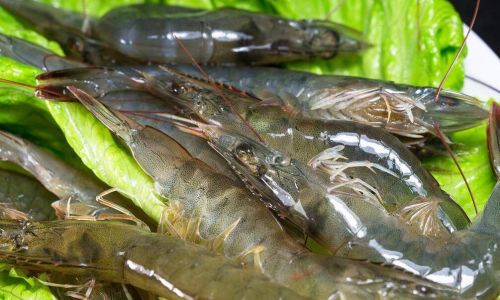
-
Proper Freezing: Place the container in the freezer, ensuring it’s not crammed against other items that could cause freezer burn. For best results, maintain a freezer temperature of 0°F (-18°C).
-
Duration: Properly frozen shrimp can retain their quality for up to three to six months. After this period, while they may still be safe to eat, the texture and flavor may start to degrade.
Vacuum Sealing for Optimal Preservation
Vacuum sealing is another advanced method that offers superior protection against air exposure and moisture loss, thereby extending the shelf life of shrimp even further. Here’s how to use this technique:
-
Preparation: Follow the same preparation steps as mentioned for freezing, ensuring the shrimp are clean and dry.
-
Vacuum Sealing: Place the shrimp in a vacuum sealing bag, either individually or in small portions depending on your needs. Use a vacuum sealer to remove all the air from the bag, creating an airtight environment.
-
Freezing: Store the vacuum-sealed shrimp in the freezer, following the same guidelines as mentioned earlier for freezing.
-
Duration: Vacuum-sealed shrimp can retain their freshness for up to a year, making this method ideal for long-term storage.
Monitoring and Thawing
Regardless of the preservation method chosen, it’s important to monitor the shrimp for signs of spoilage, such as discoloration, odor changes, or sliminess. When ready to use, thaw the shrimp properly to avoid bacterial contamination:
- Refrigerator Thawing: Place the frozen shrimp in the refrigerator overnight. This method is slower but ensures even thawing and maintains food safety.
- Cold Water Thawing: Submerge the sealed bag or container of frozen shrimp in a bowl of cold water, changing the water every 30 minutes until fully thawed. Avoid using hot water, as it can promote bacterial growth.
- Microwave Thawing: As a last resort, use the defrost setting on your microwave, but be cautious of overcooking. Microwave thawing should be immediately followed by cooking.
Conclusion
Preserving fresh shrimp meat doesn’t have to be complicated. By following these simple yet effective tips and techniques, you can ensure that your shrimp retain their optimal quality, flavor, and safety for days or even months. Whether you opt for refrigeration, freezing, or vacuum sealing, the key is to handle the shrimp with care, minimize exposure to air and moisture, and store them at the appropriate temperatures. With these practices in place, you’ll always have fresh, delicious shrimp ready to elevate your culinary creations. Happy cooking!
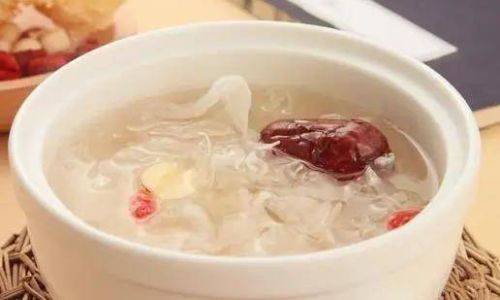

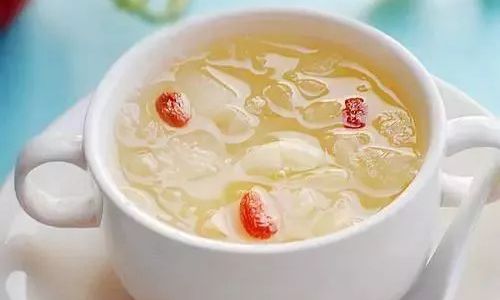
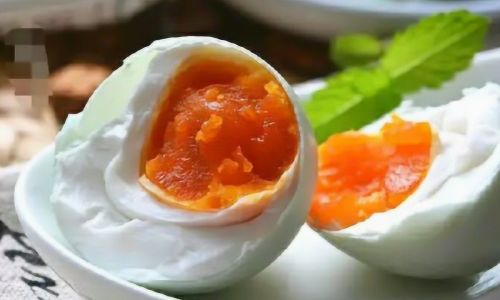
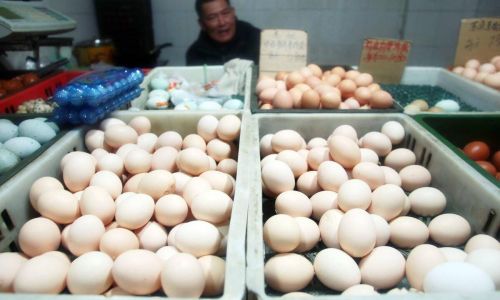
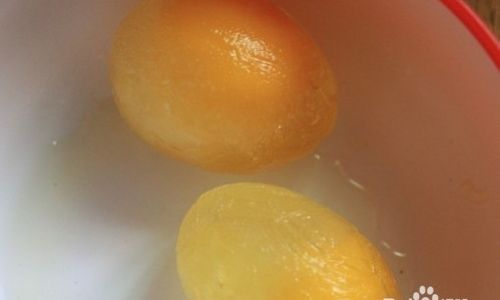
0 comments